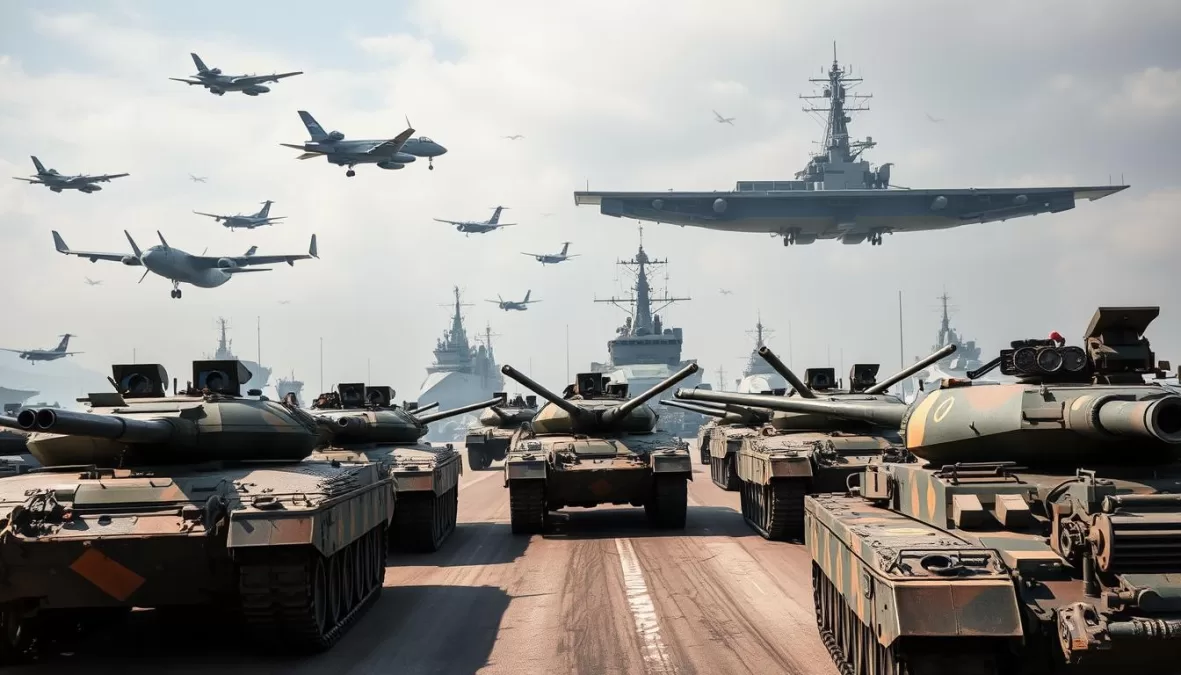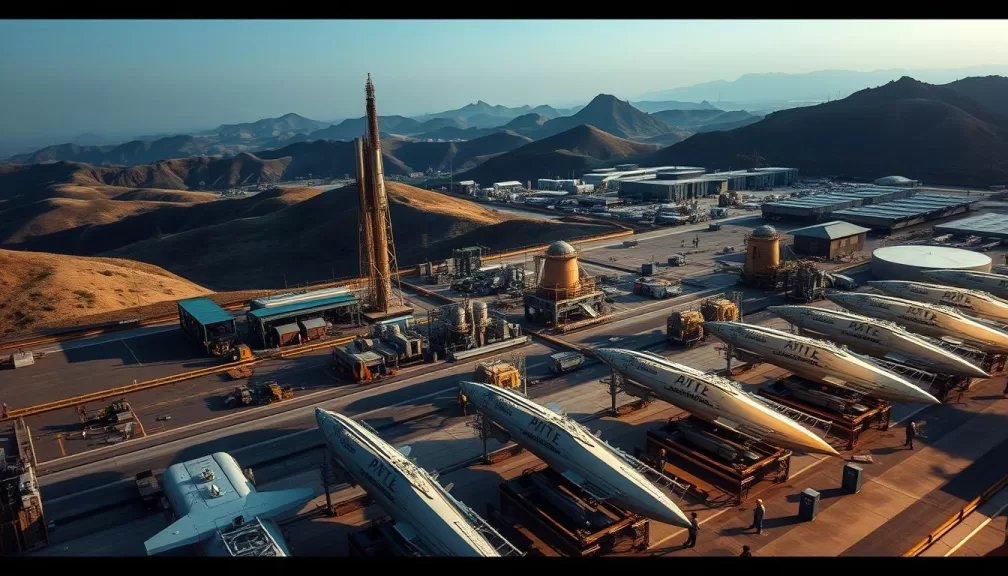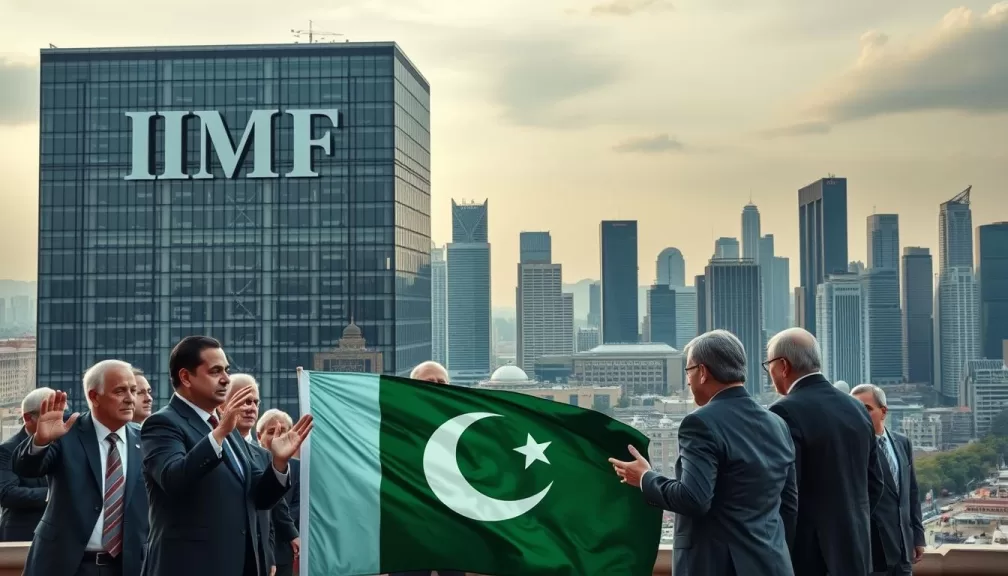The global military landscape continues to evolve with nations investing heavily in defense capabilities to protect their interests and project power. Understanding which countries possess the most formidable military forces provides insight into the current geopolitical balance of power. This comprehensive analysis ranks the top 10 army in the world based on multiple factors including active personnel, defense budgets, technological advancement, equipment arsenals, and strategic influence.
The world’s most powerful military forces maintain strategic advantages through personnel strength, advanced technology, and substantial defense budgets.
Criteria for Ranking the World’s Most Powerful Armies
The Global Firepower Index (GFI) evaluates 145 countries based on over 60 individual factors to determine military strength rankings. These comprehensive metrics include:
- Active and reserve military personnel numbers
- Military equipment quantity and quality (aircraft, tanks, naval vessels)
- Annual defense budget allocation
- Technological advancement and weapons systems
- Geographic positioning and strategic advantages
- Natural resources and industrial capacity
- Logistical flexibility and infrastructure
- Available manpower and military-age population
- Nuclear capabilities (where applicable)
- Combat experience and operational readiness
These elements contribute to a PowerIndex score, with lower scores indicating stronger military capabilities. The following ranking represents the most current assessment of global military power as of 2024.
Overview of the Top 10 Army in the World (2024)
| Rank | Country | Power Index | Active Personnel | Total Military Personnel | Defense Budget (USD) |
| 1 | United States | 0.0744 | 1,328,000 | 2,127,500 | $895 billion |
| 2 | Russia | 0.0788 | 1,320,000 | 3,570,000 | $126 billion |
| 3 | China | 0.0788 | 2,035,000 | 3,170,000 | $266.85 billion |
| 4 | India | 0.1184 | 1,455,550 | 5,137,550 | $75 billion |
| 5 | South Korea | 0.1656 | 600,000 | 3,820,000 | $50 billion |
| 6 | United Kingdom | 0.1785 | 144,400 | 215,050 | $71.5 billion |
| 7 | France | 0.1878 | 270,000 | 474,750 | $55 billion |
| 8 | Japan | 0.1839 | 247,000 | 317,600 | $57 billion |
| 9 | Turkiye | 0.1902 | 355,200 | 890,700 | $47 billion |
| 10 | Italy | 0.2164 | 165,500 | 359,550 | $30.8 billion |
Now, let’s examine each of these military powers in detail, analyzing their key strengths, capabilities, and recent developments.
1. United States
Key Strengths
- Unmatched Defense Budget: $895 billion (2024), exceeding the combined spending of the next nine countries
- Advanced Technology: Leading in aerospace, cyber systems, and military AI development
- Global Presence: Over 750 military bases across 80+ countries
- Naval Dominance: 11 nuclear-powered aircraft carriers and the world’s most powerful blue-water navy
- Air Superiority: 13,043 military aircraft including advanced F-22 Raptors and F-35 Lightning II fighters
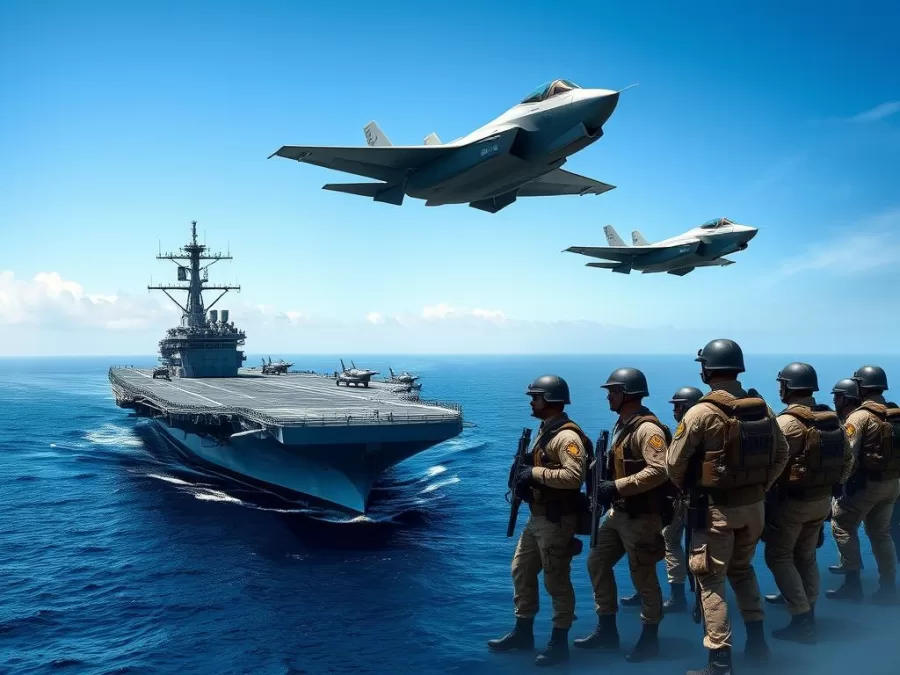
Recent Developments
The U.S. continues to modernize its nuclear triad with programs like the Columbia-class submarine and Ground-Based Strategic Deterrent. The military is increasingly focusing on countering near-peer adversaries like China and Russia while developing capabilities in emerging domains such as space and cyber warfare. The 2024 defense budget allocates $14.5 billion specifically for cybersecurity programs and significant investment in artificial intelligence applications for defense.
2. Russia
Key Strengths
- Nuclear Arsenal: World’s largest nuclear stockpile with approximately 5,977 warheads
- Land Forces: 12,950 tanks and extensive artillery systems
- Air Defense: Advanced S-400 and S-500 missile defense systems
- Arctic Capabilities: Specialized forces and equipment for cold-weather operations
- Hybrid Warfare: Sophisticated cyber and information warfare capabilities
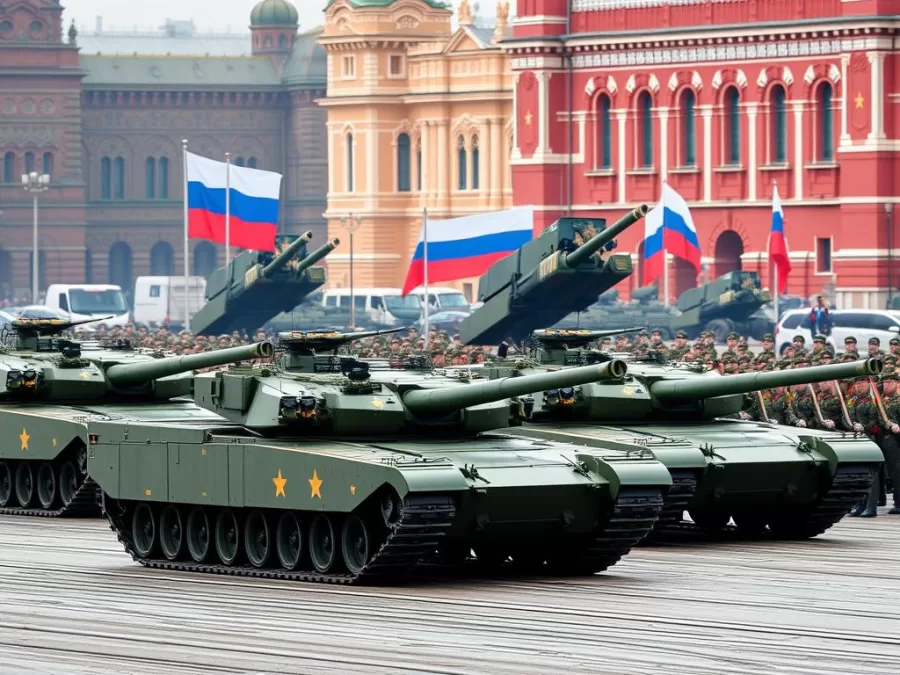
Recent Developments
Russia’s military has gained significant combat experience through operations in Ukraine and Syria. The State Armament Program (2020-2030) aims to modernize 70% of military equipment by 2030, with particular focus on hypersonic weapons like the Avangard and Kinzhal missile systems. However, the ongoing conflict in Ukraine has revealed logistical challenges and equipment limitations that may impact Russia’s military effectiveness.
3. China
Key Strengths
- Manpower: Largest active military force with over 2 million personnel
- Naval Expansion: Rapidly growing fleet with three aircraft carriers
- Missile Technology: Advanced ballistic and hypersonic missile systems
- Domestic Production: Growing self-sufficiency in military equipment manufacturing
- Cyber Capabilities: Sophisticated cyber warfare and intelligence operations
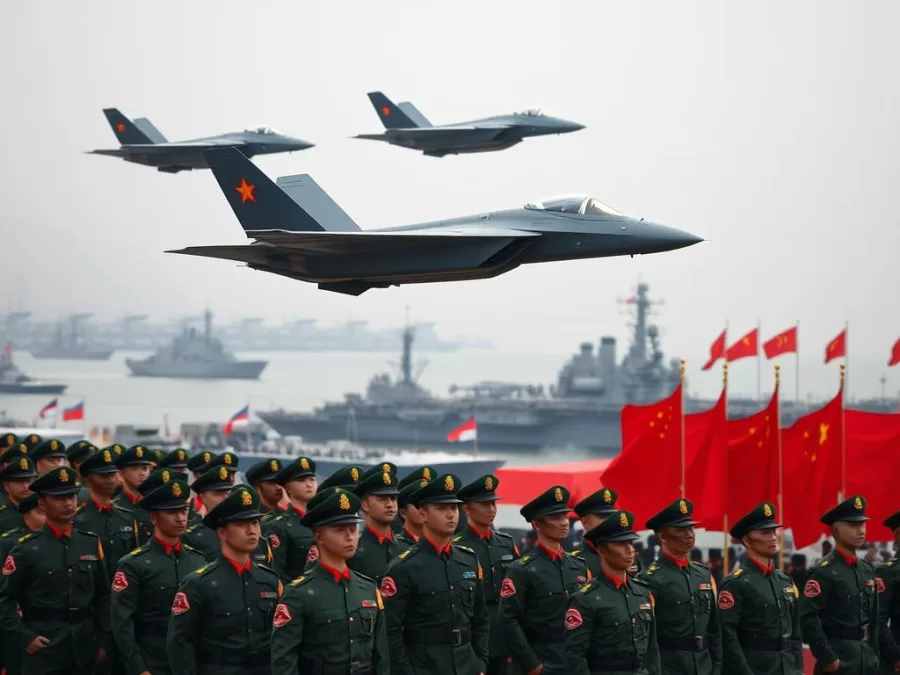
Recent Developments
China’s military modernization continues at a rapid pace under President Xi Jinping’s directive to become a “world-class” military by 2049. The People’s Liberation Army (PLA) is investing heavily in advanced technologies including artificial intelligence, quantum computing, and space capabilities. China’s third aircraft carrier, the Fujian, features electromagnetic catapults similar to the US Navy’s most advanced carriers, signaling China’s growing naval ambitions in the Indo-Pacific region.
4. India
Key Strengths
- Manpower: Second-largest active military with 1.45 million personnel
- Nuclear Capability: Estimated 160 nuclear warheads with triad delivery systems
- Indigenous Development: Growing domestic defense industry under “Make in India” initiative
- Air Force: 2,229 aircraft including Rafale and Tejas fighter jets
- Naval Expansion: Two aircraft carriers with blue-water navy ambitions
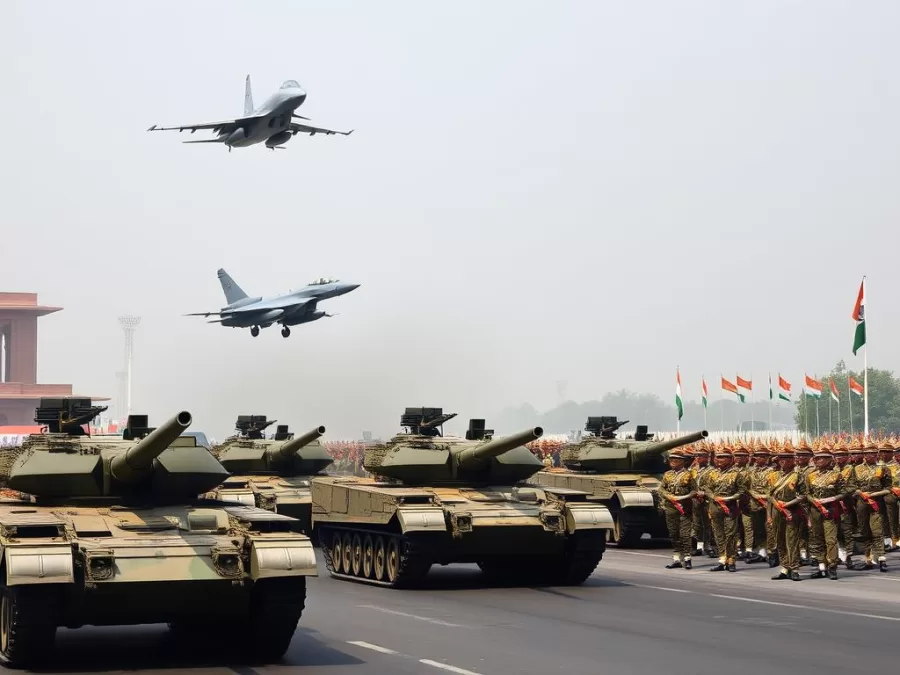
Recent Developments
India continues to modernize its military with significant acquisitions including Rafale fighter jets from France and S-400 air defense systems from Russia. The country is also developing indigenous platforms like the Tejas fighter aircraft and Arjun main battle tank. India’s strategic focus remains on managing tensions with Pakistan and China, particularly along disputed border regions. The defense budget has seen steady increases, reaching $75 billion in 2024.
5. South Korea
Key Strengths
- Technology: Advanced military electronics and precision weapons
- Land Forces: 2,236 tanks and 2,800+ armored fighting vehicles
- Air Defense: Integrated missile defense systems including THAAD
- Naval Capabilities: Modern submarine fleet and Aegis-equipped destroyers
- Reserve Force: 3.2 million well-trained reservists
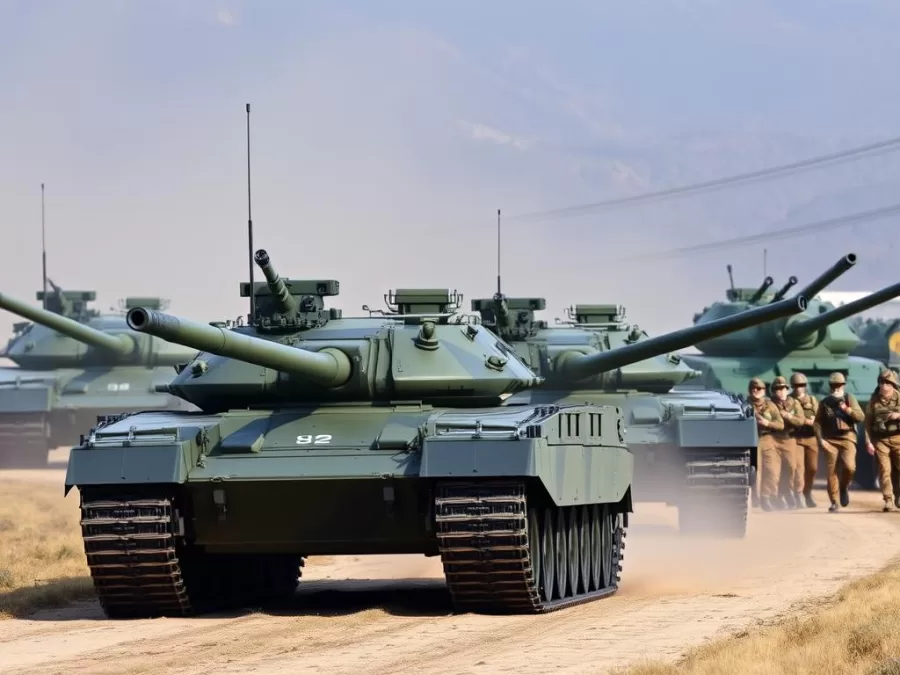
Recent Developments
South Korea’s “Defense Reform 2.0” initiative aims to create a smaller but more technologically advanced military. The country is investing in indigenous weapons systems like the K2 Black Panther tank and KF-21 Boramae fighter jet. South Korea’s defense industry has also become a significant global exporter, with recent major contracts to supply K9 Thunder howitzers and FA-50 light combat aircraft to Poland and other nations. The ongoing threat from North Korea continues to shape South Korea’s defense priorities.
6. United Kingdom
Key Strengths
- Naval Power: Two Queen Elizabeth-class aircraft carriers
- Nuclear Deterrent: Trident submarine-based nuclear missiles
- Special Forces: Elite SAS and SBS units with global operational experience
- Air Capabilities: Advanced F-35B and Typhoon fighter aircraft
- Intelligence: Sophisticated intelligence services (MI6, GCHQ)
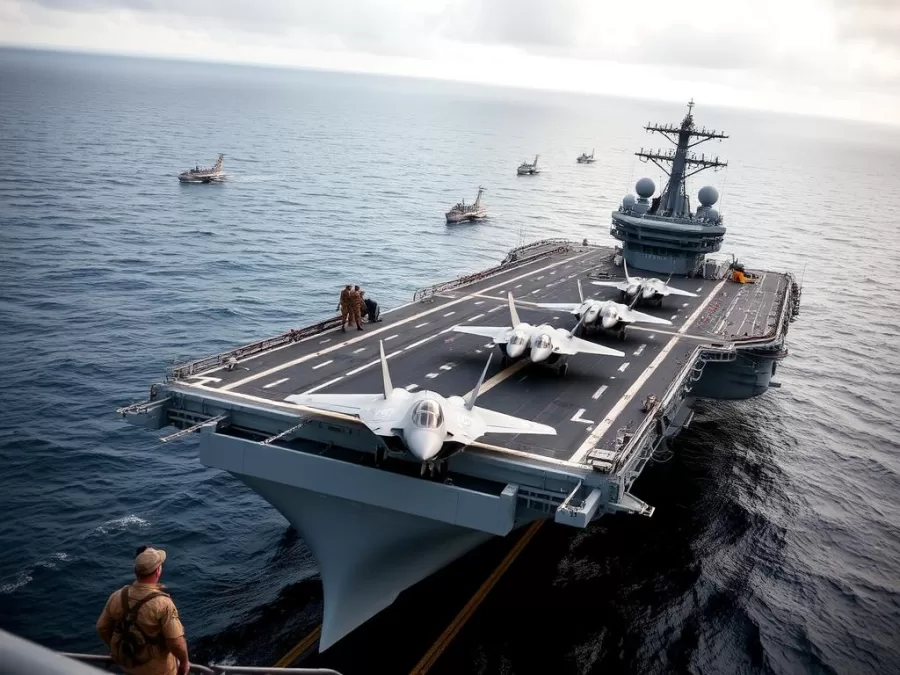
Recent Developments
The UK’s “Integrated Review” has shifted military focus toward countering threats from Russia and China while maintaining counter-terrorism capabilities. The Royal Navy has completed deployment of two new aircraft carriers, HMS Queen Elizabeth and HMS Prince of Wales, significantly enhancing Britain’s power projection capabilities. Defense spending has increased to $71.5 billion, with particular investment in cyber warfare, space capabilities, and next-generation weapons systems like the Tempest future combat aircraft program.
7. France
Key Strengths
- Nuclear Force: Independent nuclear deterrent with approximately 290 warheads
- Expeditionary Capability: Rapid deployment forces with global reach
- Naval Power: Nuclear-powered aircraft carrier Charles de Gaulle
- Air Force: Advanced Rafale multi-role fighter aircraft
- Defense Industry: Major arms exporter (Dassault, Thales, Naval Group)

Recent Developments
France has taken an increasingly active role in European defense, particularly as questions arise about NATO’s future. The French military continues operations in the Sahel region of Africa, gaining valuable combat experience. The 2024-2030 Military Planning Law has increased the defense budget to €413 billion, a 40% rise from the previous plan. France is also developing next-generation systems including the Future Combat Air System (FCAS) in partnership with Germany and Spain.
8. Japan
Key Strengths
- Naval Power: Advanced destroyer and submarine fleet
- Air Defense: Integrated missile defense system with Aegis capabilities
- Technology: Cutting-edge military electronics and sensors
- Maritime Patrol: Extensive maritime surveillance capabilities
- Helicopter Carriers: Four helicopter carriers with potential for F-35B operations
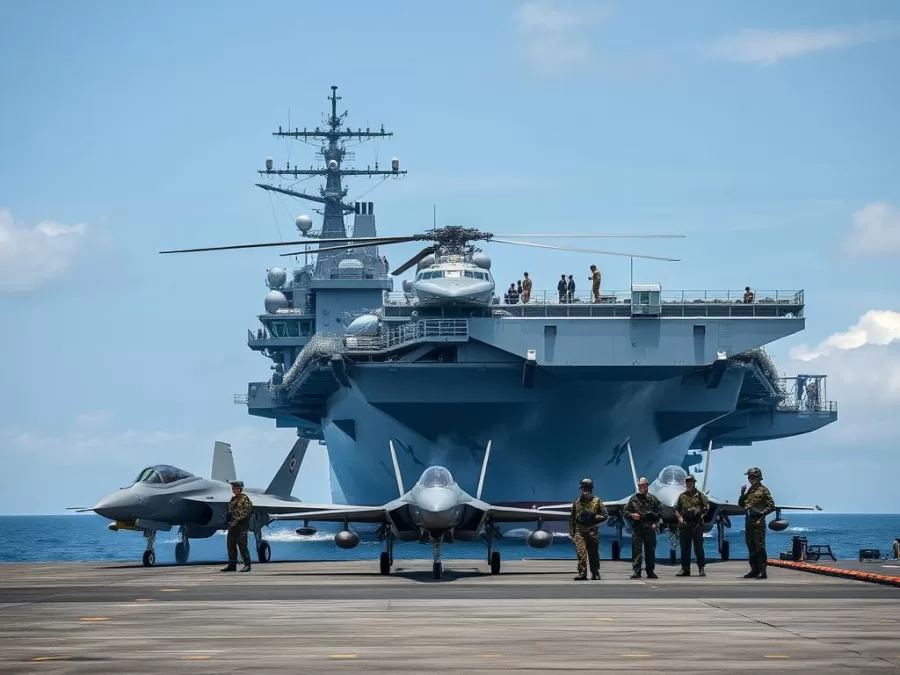
Recent Developments
Japan has significantly shifted its defense posture in response to regional threats, particularly from China and North Korea. The country has modified its pacifist constitution to allow a more active military role and increased defense spending to $57 billion. The Japan Self-Defense Forces are converting Izumo-class helicopter carriers to operate F-35B fighter jets and developing hypersonic weapons. Japan’s 2022 National Security Strategy marked a historic shift by adopting “counterstrike capabilities” to deter potential adversaries.
9. Turkiye (Turkey)
Key Strengths
- NATO’s Second-Largest Army: 355,200 active personnel
- Drone Technology: Advanced Bayraktar TB2 and Akinci combat drones
- Strategic Location: Control of key waterways between Europe and Asia
- Land Forces: 2,238 tanks and extensive armored vehicle fleet
- Indigenous Development: Growing domestic defense industry
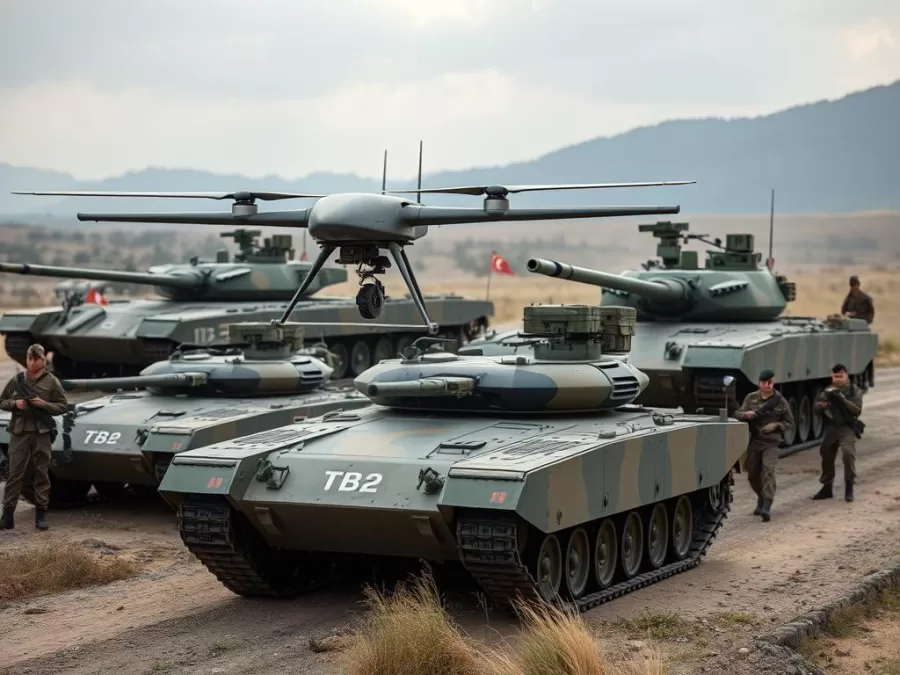
Recent Developments
Turkiye has significantly expanded its indigenous defense industry, reducing dependence on foreign suppliers. The country’s Bayraktar TB2 drones have proven highly effective in conflicts in Syria, Libya, and the Azerbaijan-Armenia war. Despite tensions with NATO allies over the purchase of Russian S-400 air defense systems, Turkiye maintains the alliance’s second-largest military. The country is developing advanced systems including the TF-X fighter jet and Altay main battle tank.
10. Italy
Key Strengths
- Naval Capabilities: Two aircraft carriers and modern submarine fleet
- Air Force: Advanced F-35A and Eurofighter Typhoon aircraft
- Special Forces: Highly trained special operations units
- Peacekeeping Experience: Extensive participation in international operations
- Defense Industry: Major defense companies (Leonardo, Fincantieri)
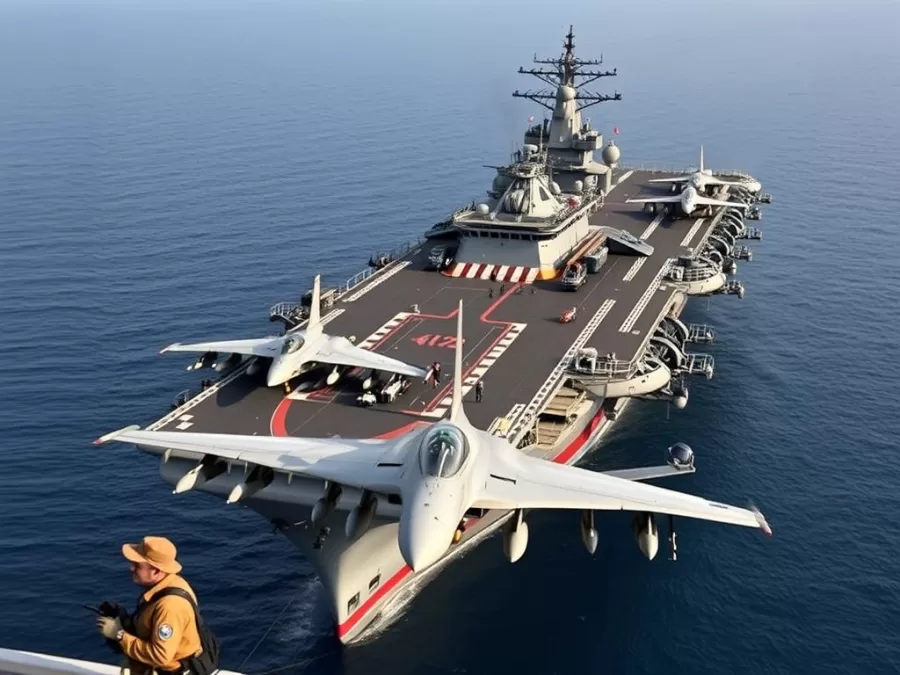
Recent Developments
Italy continues to modernize its armed forces with a focus on multi-domain operations. The country has completed the acquisition of F-35 fighter jets and is upgrading its naval capabilities with new frigates and submarines. Italy plays a significant role in NATO and EU defense initiatives, particularly in the Mediterranean region. The defense budget has increased to $30.8 billion, with emphasis on cyber capabilities and space-based systems. Italy’s defense industry remains a major exporter, particularly in helicopter and naval systems.
Technological Advancements Shaping Modern Military Power
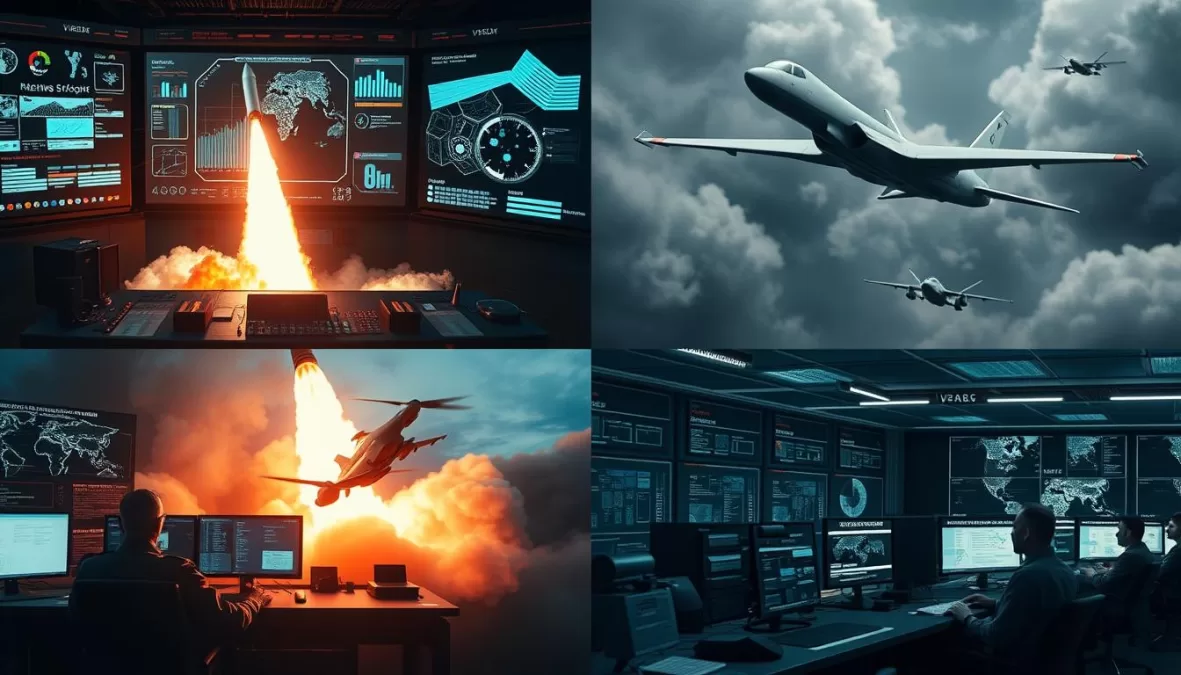
Next-generation military technologies are transforming warfare capabilities across air, land, sea, space, and cyber domains.
The military landscape is being transformed by rapid technological innovation. These advancements are reshaping the balance of power and creating new dimensions of warfare:
Artificial Intelligence
AI is revolutionizing military operations through autonomous systems, predictive maintenance, intelligence analysis, and decision support. The United States leads in military AI applications, followed by China and Russia. AI-powered drones and unmanned combat vehicles are becoming increasingly autonomous, raising both tactical opportunities and ethical questions.
Hypersonic Weapons
Missiles traveling at Mach 5+ (five times the speed of sound) are changing strategic calculations. Russia has deployed the Avangard and Kinzhal systems, while China’s DF-17 represents a significant capability. The US is accelerating development through programs like the Air-Launched Rapid Response Weapon (ARRW). These weapons challenge existing missile defense systems due to their speed and maneuverability.
Cyber Warfare
Digital battlefields have become critical to military operations. The US Cyber Command, Russia’s GRU, and China’s PLA Unit 61398 represent sophisticated cyber warfare capabilities. Modern military operations integrate cyber attacks with conventional operations, targeting critical infrastructure, communications, and command systems. Defensive cyber capabilities are equally important in protecting military networks.
Directed Energy Weapons
Laser and microwave weapons are moving from experimental to operational status. The US Navy has deployed the LAWS (Laser Weapon System) on ships, while Russia claims operational laser systems like Peresvet. These weapons offer potentially unlimited “ammunition” with precise effects and lower cost per engagement compared to conventional munitions.
Space Capabilities
Military operations increasingly depend on space-based assets. The US Space Force, established in 2019, reflects the growing importance of this domain. Anti-satellite weapons, space-based sensors, and military satellites for communications, navigation, and intelligence gathering are critical components of modern military power. China and Russia are rapidly developing counter-space capabilities.
Quantum Computing
The race for quantum supremacy has significant military implications. Quantum computers could break current encryption standards while enabling new secure communications. The US, China, and several European nations are investing heavily in quantum technologies with military applications, potentially revolutionizing intelligence gathering and secure communications.
Geopolitical Context and Regional Military Dynamics
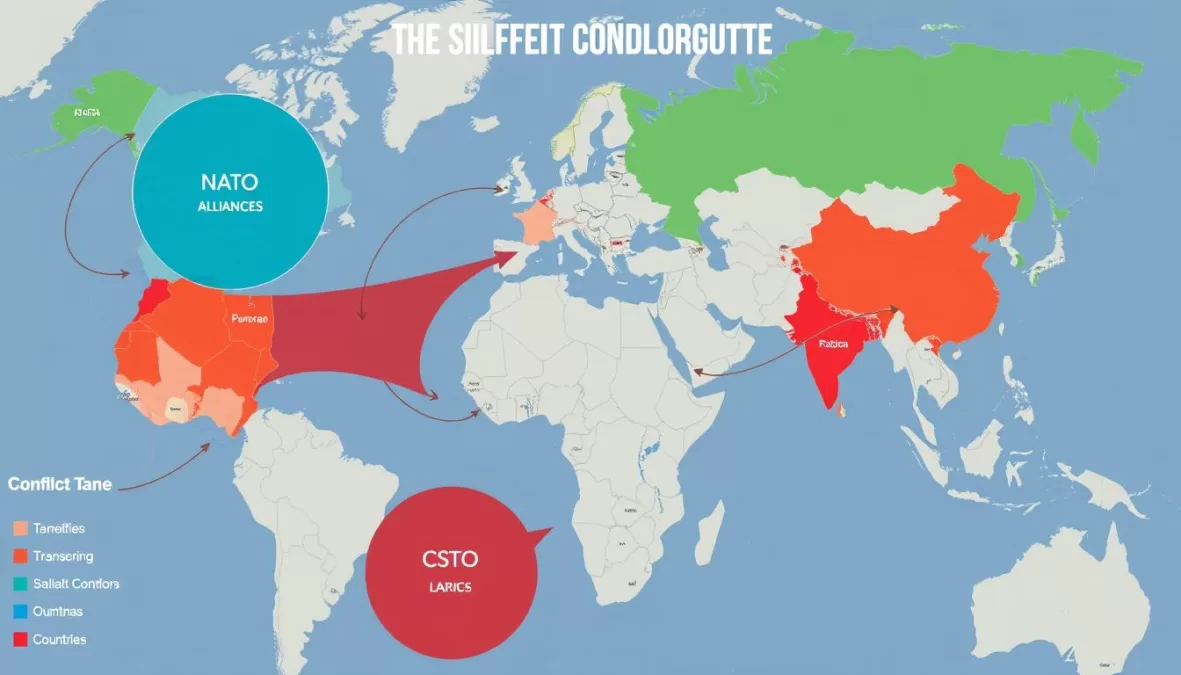
Global military power is shaped by regional alliances, ongoing conflicts, and strategic competition between major powers.
Major Military Alliances
- NATO: 31 member states including 7 of the top 10 military powers
- CSTO: Russia-led alliance including several former Soviet states
- QUAD: Strategic dialogue between US, Japan, Australia, and India
- AUKUS: Security pact between Australia, UK, and US
- SCO: Security-focused organization including China, Russia, India, and Pakistan
Key Regional Tensions
- Indo-Pacific: US-China competition and territorial disputes in South China Sea
- Eastern Europe: NATO-Russia tensions and the Ukraine conflict
- Middle East: Iran’s regional ambitions and ongoing conflicts in Syria and Yemen
- Korean Peninsula: North Korea’s nuclear program and regional security
- South Asia: India-Pakistan rivalry and border tensions with China
The global military landscape is increasingly characterized by great power competition between the United States, China, and Russia. This strategic rivalry is driving military modernization efforts, alliance formations, and proxy conflicts across multiple regions. Smaller powers are developing asymmetric capabilities to counter larger adversaries, while non-state actors continue to pose significant security challenges in fragile regions.
Conclusion: Future Trends in Global Military Power
The ranking of the top 10 army in the world reflects current capabilities, but the global military landscape continues to evolve rapidly. Several key trends will shape future military power dynamics:
Technology as Force Multiplier
Advanced technologies like AI, autonomous systems, and hypersonic weapons will increasingly determine military effectiveness rather than sheer numbers of personnel or platforms. Nations that successfully integrate these technologies into their doctrine and force structure will gain significant advantages.
Multi-Domain Operations
Future conflicts will seamlessly integrate operations across land, air, sea, space, and cyberspace. Military powers are reorganizing their forces to enable synchronized effects across all domains, with information dominance becoming critical to battlefield success.
Hybrid and Gray Zone Warfare
The line between war and peace is increasingly blurred as nations employ information operations, cyber attacks, economic coercion, and proxy forces below the threshold of conventional conflict. Developing effective counters to these hybrid threats will be essential for maintaining security.
While traditional metrics of military power remain relevant, the most successful armed forces will be those that adapt to emerging technologies and evolving security challenges. The balance of global military power may shift significantly in the coming decade as technological innovation accelerates and geopolitical competition intensifies.
Stay Updated on Global Military Developments
Subscribe to our newsletter for the latest analysis on military technology, defense strategy, and geopolitical trends shaping the world’s armed forces.

